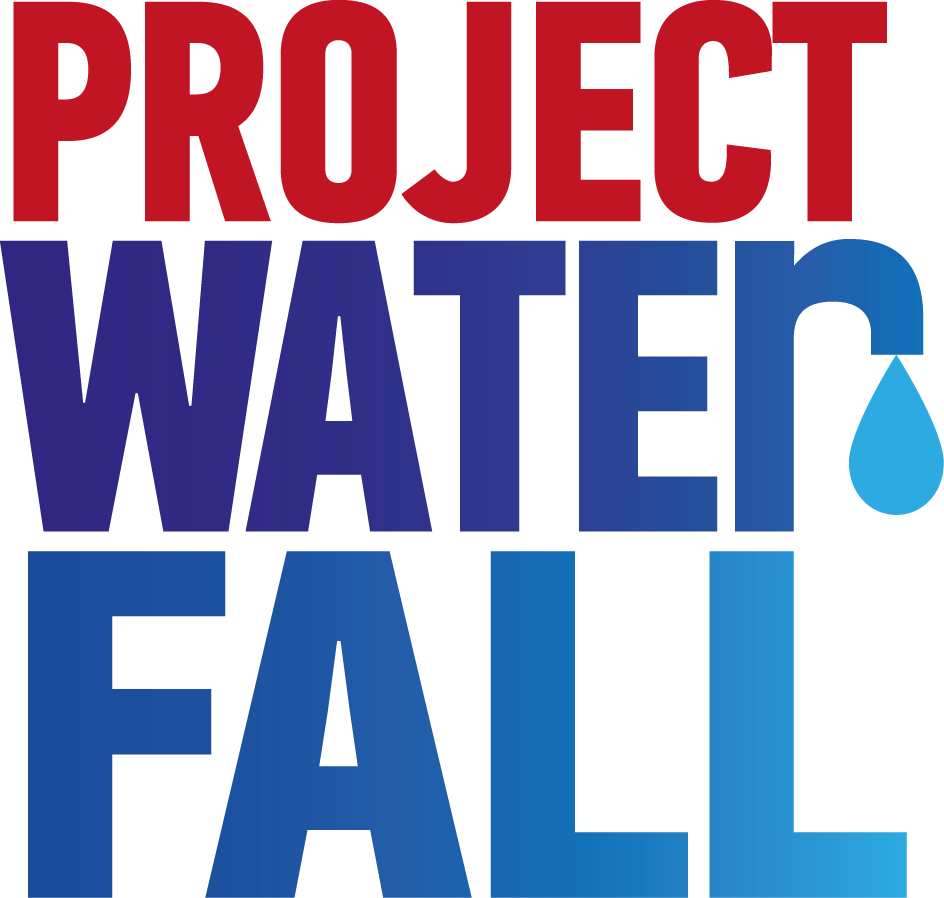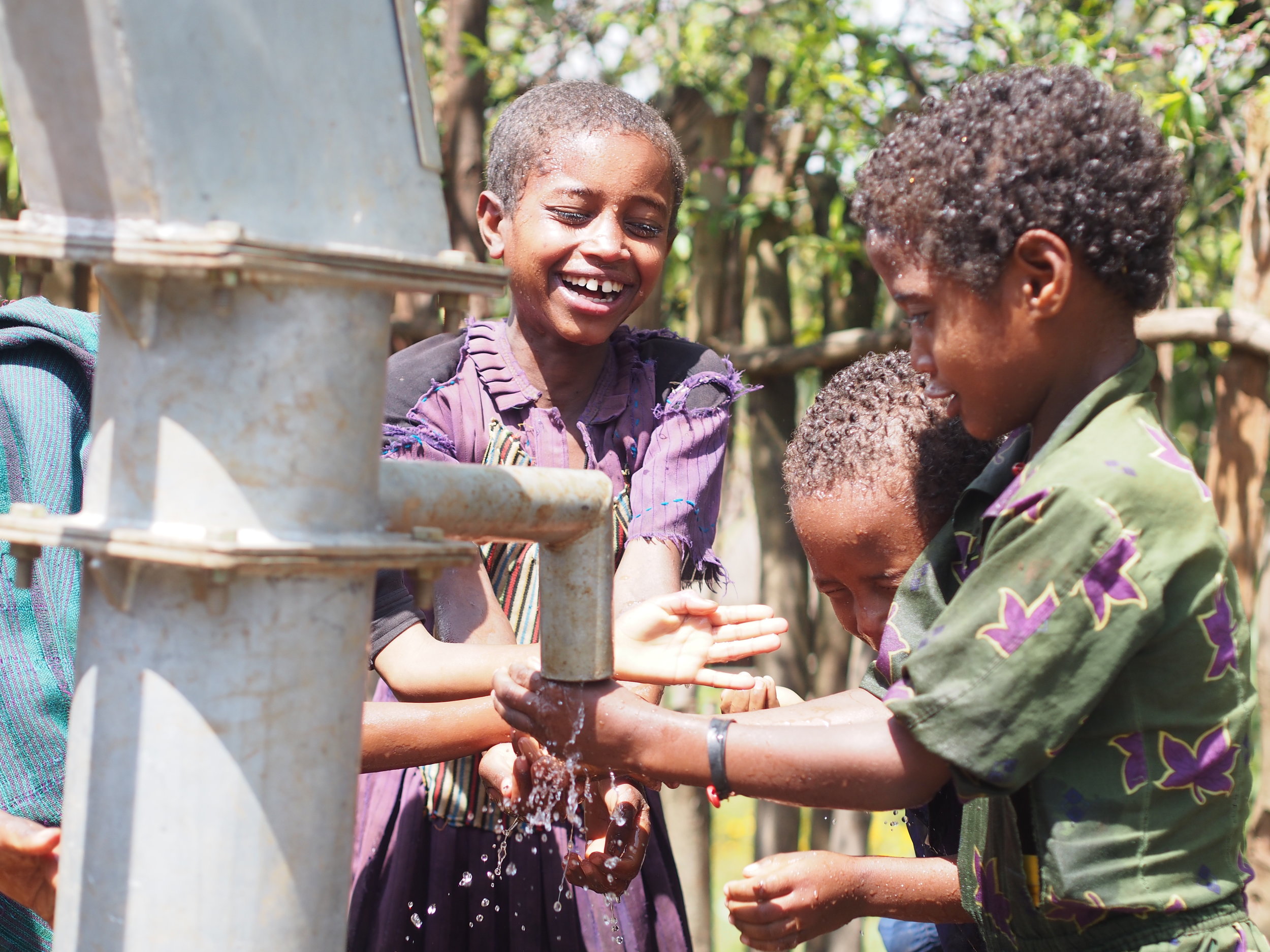How we can end the water crisis
This is the fourth post in a 4-part blog series that aims to highlight the water crisis, why it exists, the effects of it, and what can be done to end it.
The water crisis is solvable.
We have both the technology and knowledge to develop solutions that will bring clean drinking water to every single person on earth.
What solutions are available?
Some solutions are more straightforward.
Such as hand digging wells (where skilled labourers dig up to 15 metres by hand and reach aquifers below the surface), or introducing rainwater catchment systems (where gutters on rooftops direct the flow of rainfall into a sanitary holding tank).
Hand dug well. Photo: charity: water
Some solutions are more complex.
Such as using a drilling team to access water that is deeper underground, or building a gravity fed system where the force of gravity carries water from an elevated source to a community.
Drilling team accessing water deep beneath the surface. Photo: charity: water
The community size will affect what solution is implemented, with larger ones requiring a piped system to connect one water source with multiple community tap stands.
Of course there are occasions when accessing water isn’t the issue. It’s the quality of the water that is. In these cases bio sand filters or water purification systems may be used to remove contaminants.
Regardless of where or how big a community is, there are tangible and sustainable solutions to the water crisis. It’s our aim at Project Waterfall to implement them.
Biosand filters - before & after. Photo: charity: water
What makes a solution successful?
At Project Waterfall we fund projects that are run by trusted partners who have the expertise to find the best solution for the community we are working with.
This is one of the keys to solving the water crisis, but there are others.
Any project must:
1. Educate a community about the importance of WASH (water, sanitation & hygiene).
Education around WASH is transformative. For example, hand-washing practiced in day-care centres and schools reduces cases of diarrhoea by 30%.
This education must happen both at school and in the home. A child will not change their behaviour if their parents don’t believe in, or practice, that same behaviour.
2. Look to the future.
We’ve found success in working with the local community to set up management boards who are responsible for ensuring the water source is effective for generations to come. These boards are made up of 50% women.
Additionally, local community members who use the water source all pay a small ‘water tax’ that contributes to fixing anything that goes wrong.
3. Work with local governments and authorities to inspire change in other districts.
By educating local authorities on the importance of clean water, and training local staff, more people know how to bring clean water to other communities.
Moving forward
As mentioned above, there are both physical solutions to the water crisis, and knowledge-based ones.
Education is critical - in both coffee-growing communities where the water crisis is so acutely felt, and in more developed countries around the world. We should all look at our own water consumption at an individual or company level to see where we can limit our water use.
As the charity of choice for the coffee industry, at Project Waterfall we’re working to end the water crisis in our lifetime. It can be done and we would love your support.
There are a number of ways you can support our work - whether you’re a brand, restaurant, coffee shop or coffee lover. Do get in touch today to find out more!
Photo: WaterAid





